Exploring War Through Cinema: 10 Films Similar to Slaughterhouse-Five (1972)
Released in 1972, Slaughterhouse-Five stands out as a poignant exploration of the absurdities and horrors of war, weaving elements of science fiction with the grim realities of the World War II experience. Adapted from Kurt Vonnegut’s acclaimed novel, the film offers a unique narrative structure that oscillates between time periods, showcasing the protagonist’s disoriented perceptions of time and trauma. If you found yourself moved by the intertwining themes of fatalism, trauma, and the surreal, then you might be interested in exploring similar films that delve into the complexities of wartime experiences. Here’s a list of 10 war movies that resonate with the thought-provoking essence of Slaughterhouse-Five.
- Apocalypse Now (1979) — This epic Vietnam War film, directed by Francis Ford Coppola, captures the chaos and moral ambiguity of war through the journey of Captain Willard as he is sent to terminate a rogue colonel.
- M*A*S*H (1970) — A dark comedy set during the Korean War, Robert Altman’s film offers a satirical look at the absurdities of war, blending humor with poignant commentary on the human condition.
- Full Metal Jacket (1987) — Stanley Kubrick’s harrowing depiction of the Vietnam War, divided into two parts: the brutal training of soldiers and the horrors they face in combat.
- The Thin Red Line (1998) — Terrence Malick explores the philosophical reflections of soldiers during World War II, emphasizing the connection between humanity and nature amidst the trauma of war.
- Catch-22 (1970) — Based on Joseph Heller’s novel, this film presents a satirical take on the absurdity of war through the eyes of a bombardier trying to maintain his sanity amidst the chaos.
- Come and See (1985) — A powerful and haunting depiction of World War II’s impact on Belarus, told through the harrowing experiences of a young boy who witnesses the brutality of conflict.
- Paths of Glory (1957) — Directed by Stanley Kubrick, this film critiques the military establishment and the senselessness of war as soldiers are unjustly punished for a failed mission during World War I.
- Saving Private Ryan (1998) — Steven Spielberg’s visceral depiction of D-Day and the subsequent quest for a missing soldier highlights both heroism and the devastating effects of war on individuals.
- Jarhead (2005) — Based on the memoir of a Marine during the Gulf War, this film explores the psychological effects of warfare and the absurdities faced by soldiers waiting for combat.
- 1917 (2019) — This World War I film is noted for its immersive cinematography; it follows two soldiers tasked with delivering a life-saving message, presenting a gripping perspective on bravery and sacrifice.
These films, like Slaughterhouse-Five, transcend mere depictions of violence and delve into the philosophical and emotional realities of war. Each offers unique insights, reflective storytelling, and a blend of darkness and humor that challenges viewers to think critically about the nature of conflict and its impact on the human psyche.
10 Fascinating Facts About Slaughterhouse-Five (1972)
«Slaughterhouse-Five,» directed by George Roy Hill and released in 1972, is a iconic film that has left a lasting impression on both cinema and literature. Based on Kurt Vonnegut’s acclaimed novel of the same name, this anti-war science fiction drama explores themes of fate, free will, and the absurdity of war through a unique narrative style. Here are ten intriguing facts about this film that every movie aficionado should know:
- Adaptation from Literature: «Slaughterhouse-Five» is directly adapted from Kurt Vonnegut’s 1969 novel, which is often considered one of the greatest American novels of the 20th century. The film stays true to the book’s unique non-linear narrative and its blend of science fiction and philosophy.
- The Time-Traveling Protagonist: The main character, Billy Pilgrim, experiences moments of time travel, which allows the narrative to leap between different periods of his life, including his experiences in World War II, his post-war life, and encounters with extraterrestrial beings known as the Tralfamadorians.
- Critical Reception: Upon its release, the film received mixed reviews. Critics often debated whether it successfully captured the essence of Vonnegut’s novel. Over time, however, it has gained cult status and is now regarded as a classic anti-war film.
- Innovative Special Effects: The film utilizes innovative effects for its time to depict Billy’s time-traveling experiences, including imaginative transitions and surreal imagery that reflect the confusion and disorientation of war.
- Kurt Vonnegut’s Cameo: The author himself makes a brief cameo in the movie, adding an extra layer of authenticity to the adaptation. This inclusion allows fans of Vonnegut to see the man behind the story in a light-hearted moment.
- Casting Choices: Michael Sacks, who played Billy Pilgrim, was chosen for his ability to convey complex emotions and his interpretation of a character that embodies both fragility and resilience in the face of trauma.
- The Influence of WWII: The film’s setting is heavily influenced by Vonnegut’s own experiences as a prisoner of war during WWII, particularly during the bombing of Dresden, which serves as a pivotal moment in both the book and film.
- Challenging Narrative Structure: The film’s non-linear timeline can be challenging for some viewers, mirroring the disjointed memories of its protagonist. This narrative choice enhances the theme of fatalism and how time is perceived differently by soldiers in war.
- Soundtrack Significance: The film features a notable soundtrack that includes classic songs from the era, which not only set the tone but also contributed to the film’s cultural authenticity and emotional depth.
- Cult Following: Over the decades, «Slaughterhouse-Five» has developed a dedicated fanbase, often discussed in academic circles and film studies, further emphasizing its lasting impact on war films and literature.
«Slaughterhouse-Five» remains a thought-provoking exploration of the human experience amidst the chaos of war and time. Whether you’re a fan of Vonnegut’s work or just discovering this cinematic gem, these ten facts offer a deeper understanding of its significance in both film history and literature.


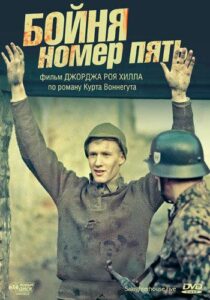



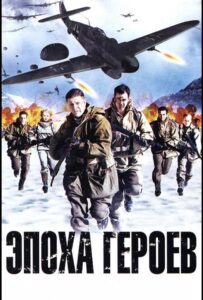
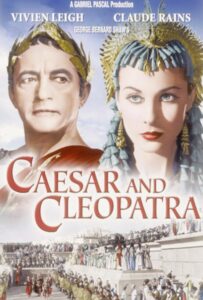
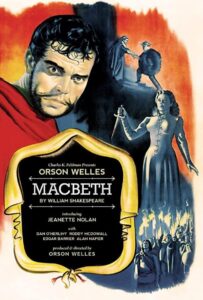
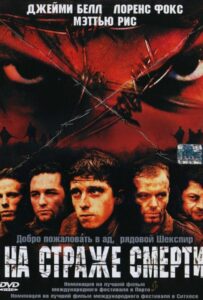

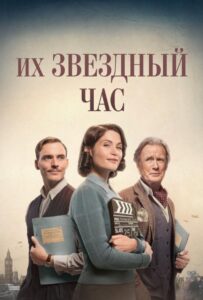
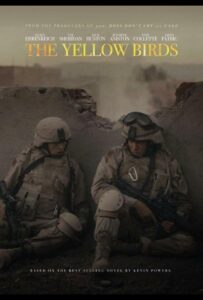
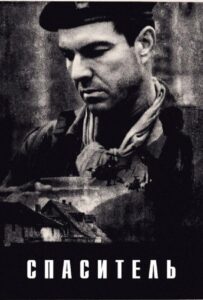
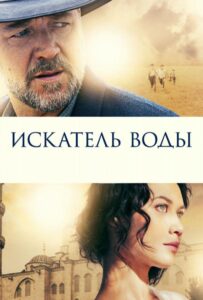
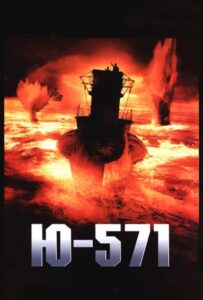
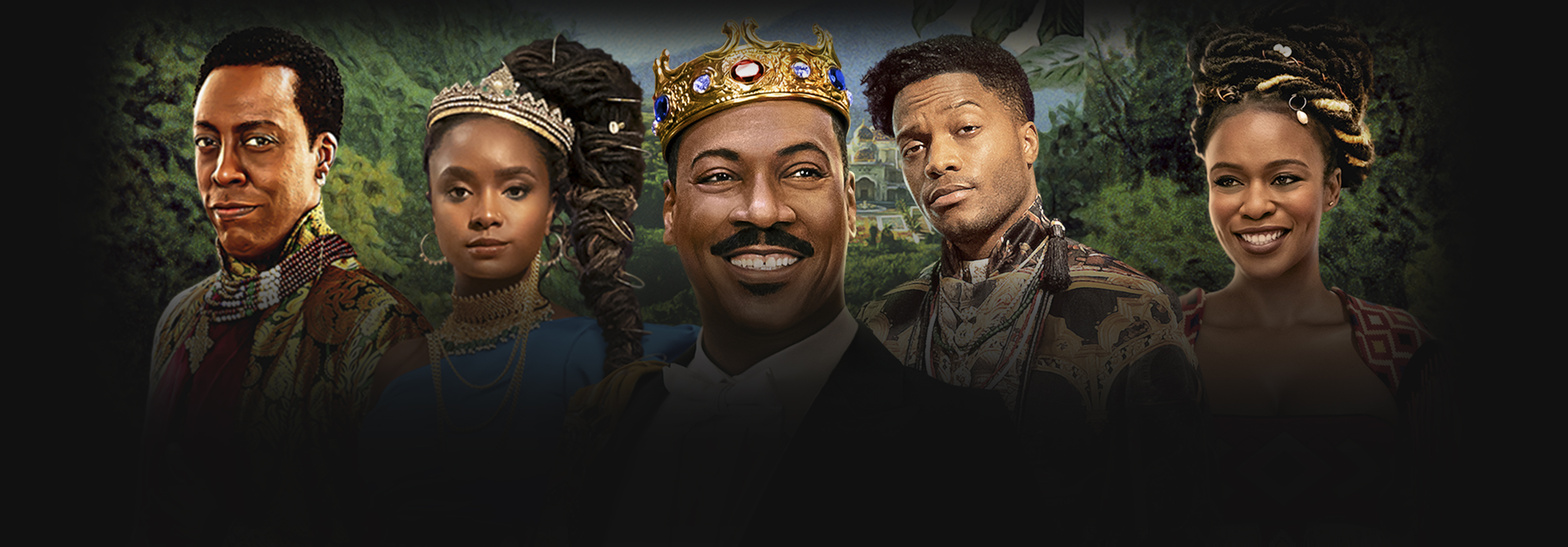
Оставь свой отзыв 💬
Комментариев пока нет, будьте первым!